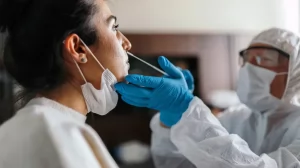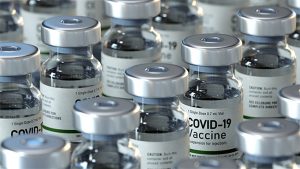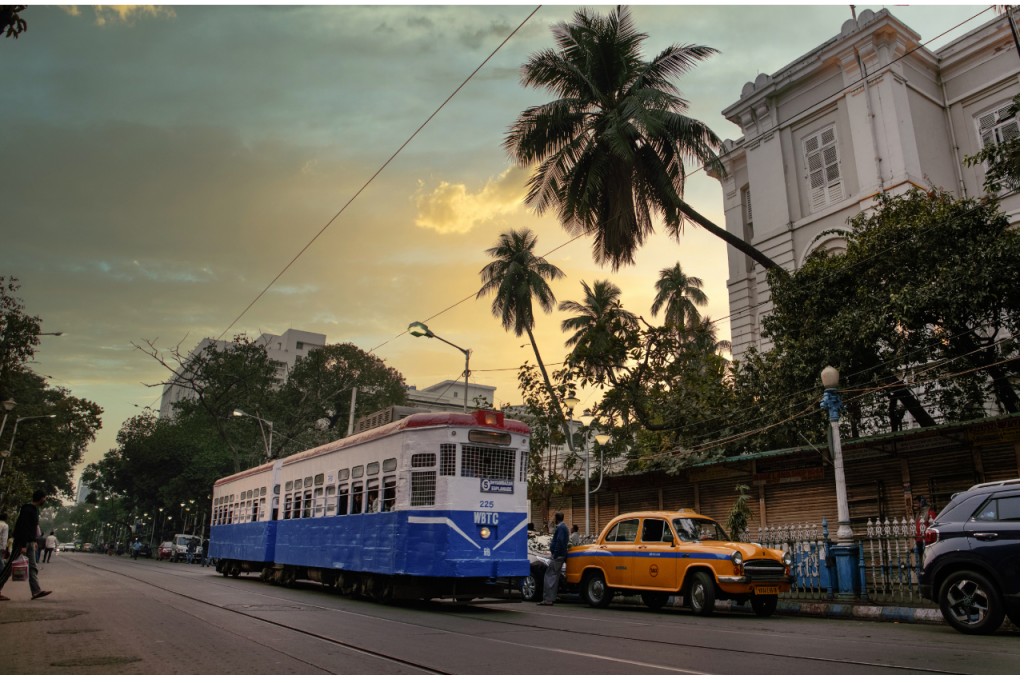Last Year Situation On COVID-19
India was caught unprepared in May 2021 when the country started recording over 4.5 lakhs cases a day. The second wave of COVID-19 stretched capacity of the healthcare system to its limits with perilous shortages of hospital beds, oxygen concentrators, life-saving drugs and medical supplies. While urban India strived to counter the onslaught of the pandemic, the already inadequate healthcare system in rural India stood simply incapable to handle the swelling number of COVID-19 patients.
 For management of COVID-19 patients, isolation facilities are needed. As a matter of fact, the government has increased isolation beds. Pan-India, the isolation bed capacity and ICU bed capacity — which was 10,180 and 2,168 before the first lockdown as on March 23 2020 — was enhanced and is currently at 18,03,266 isolation beds and 1,24,598 ICU beds as on August 3 2021). As lack of oxygen claimed several lives, India has attempted to significantly step-up oxygen availability across states.
For management of COVID-19 patients, isolation facilities are needed. As a matter of fact, the government has increased isolation beds. Pan-India, the isolation bed capacity and ICU bed capacity — which was 10,180 and 2,168 before the first lockdown as on March 23 2020 — was enhanced and is currently at 18,03,266 isolation beds and 1,24,598 ICU beds as on August 3 2021). As lack of oxygen claimed several lives, India has attempted to significantly step-up oxygen availability across states.
Despite efforts in last many years and nominal hikes in the expenditure on budget, India’s health statistics remains deplorable. According to the government data, India has 1.4 beds per 1,000 people, 1 doctor per 1,445 people, and 1.7 nurses per 1,000 people.
Omicron Variant
Soon after, the government came under strict scrutiny for the inadequate healthcare infrastructure. It started ramping up its medical oxygen availability. Now, when Omicron is apparently pushing India into a third wave of the pandemic, as on December 23, the government has installed 3,236 pressure swing adsorption (PSA) plants in the country from various sources with a total commissioned oxygen capacity of 3783 MT. Moreover, 114,000 oxygen concentrators are being provided to states under PM CARES and COVID-19 Emergency Response & Health System Preparedness Package-II, or ECRP-II. ECRP-II funds have been sanctioned to the states for installation of oxygen storage tanks and pipeline systems in 1374 hospitals
Benefit due to vaccination

Public health experts still believe that the preparedness of India is better this time with vaccinations,healthcare infrastructure being strengthened.
“Levels of preparedness in India are much higher this time. Unlike Delta, Omicron variant has been identified and flagged quickly thanks to improved genetic surveillance. Preliminary studies suggest lower infection severity of Omicron variant, possibly resulting in lower hospitalisation rates. Early response in the form of restrictions could keep the surge at manageable levels.
“Installation of oxygen plants at hospitals will offset demand-supply mismatch and can make hospitals self-sustaining. There is also a widespread coverage of vaccines with more than 90 per cent partially vaccinated. And over 60 per cent fully vaccinated eligible population in India. Vaccination has also started for 15-18 age group on January 3, 2022,” he added.











